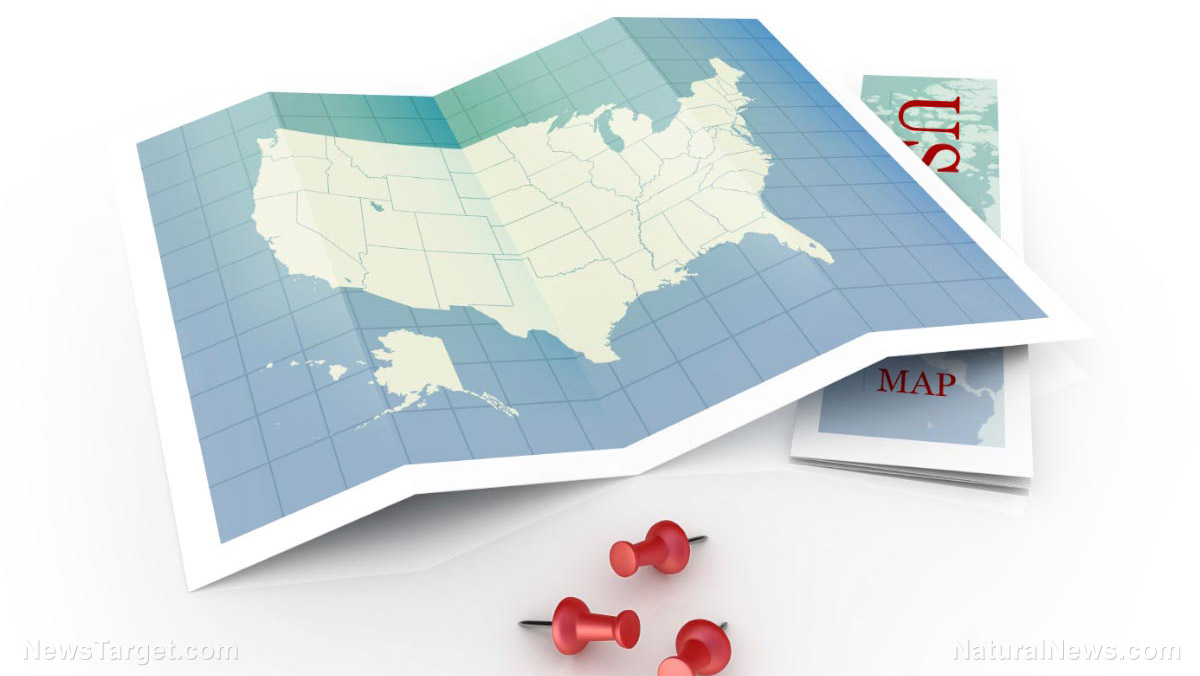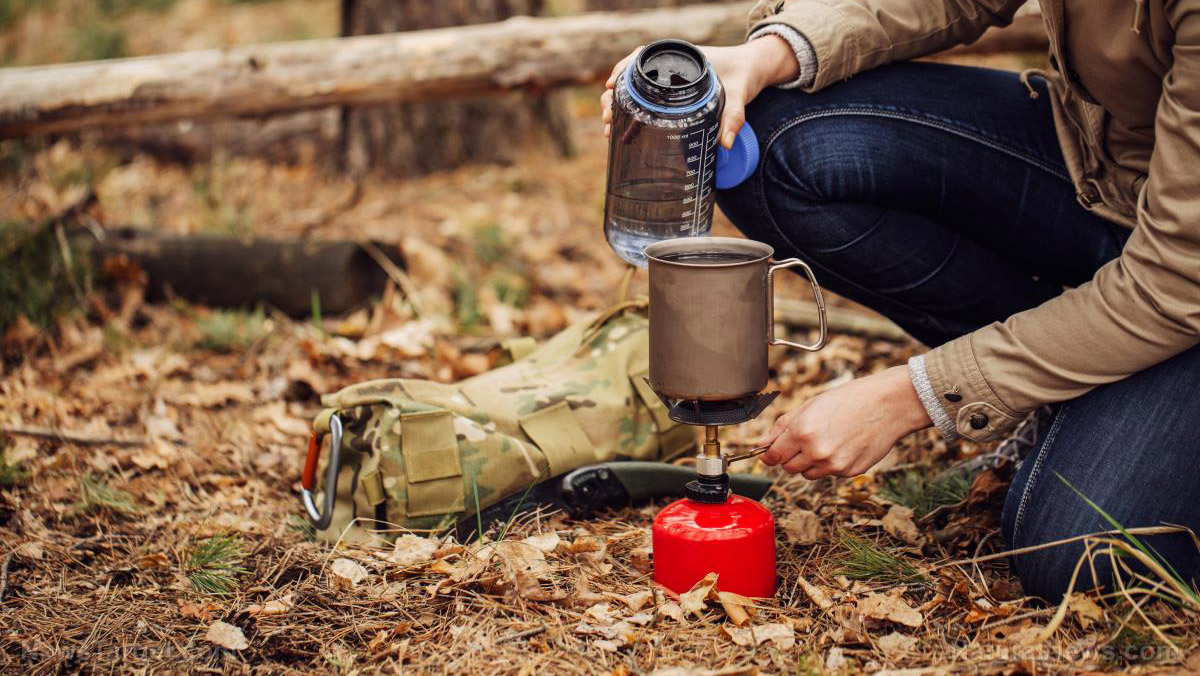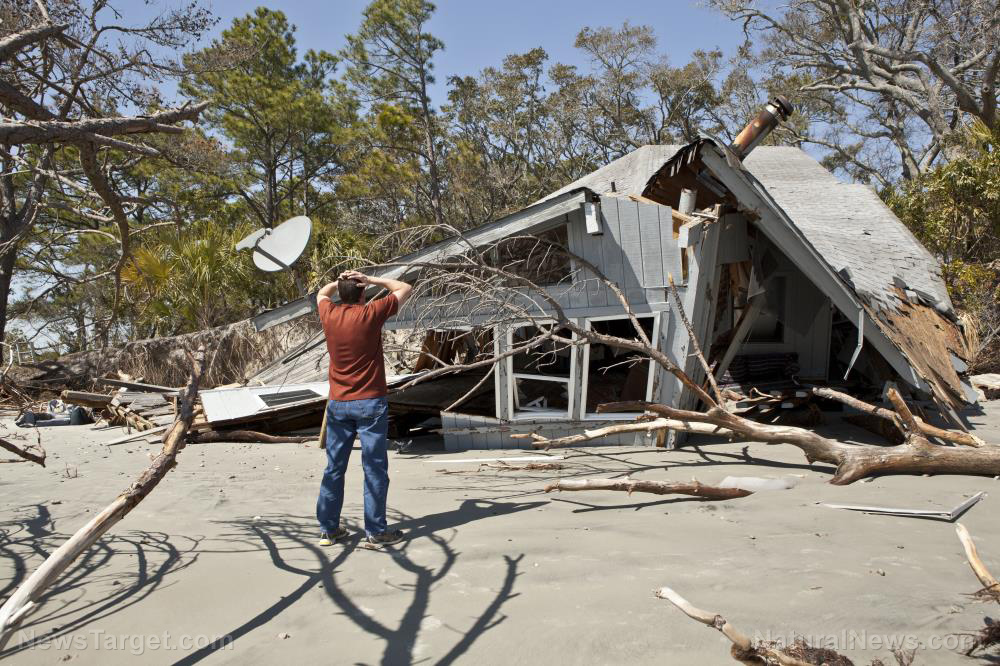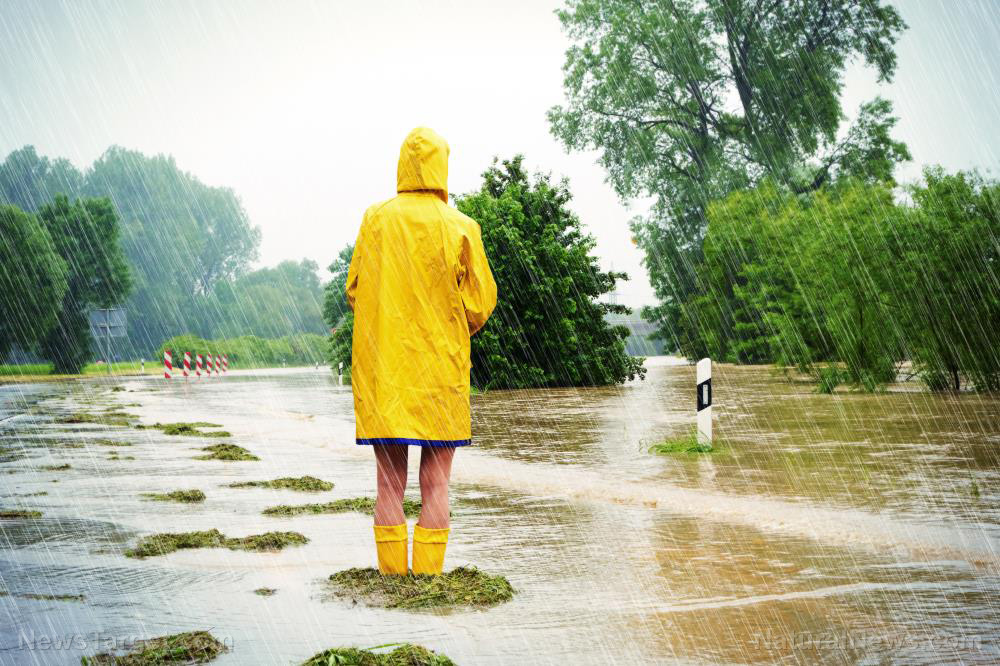Emergency navigation: The best maps for finding your bearings when SHTF
07/21/2020 / By Mary Miller

When bugging out or traveling through unfamiliar territory, it’s essential to hone your internal navigation skills and not rely too much on technology to make all your navigational decisions for you.
Learning how to find your bearings starts with learning how to read different kinds of maps. Here are the best maps for emergency navigation when SHTF.
Not all maps are created equal, so learning to read each kind of map will come with its unique strengths and challenges. Digital maps are invaluable sources of information and are easier to carry around than paper maps. However, they require constant battery power and, if you are traveling in a group, they are generally more difficult for several people to view all at once.
On the other hand, paper maps can be written on to take notes or track routes. Physical maps can also withstand serious impact while traveling, and they won’t be affected in case an EMP attack occurs or power isn’t available. Furthermore, you shouldn’t just rely on a single map, or else you might miss key information only available on other maps. You need both small-scale and large-scale maps to gain a better understanding of an unfamiliar area. With enough practice, you should be able to navigate your way out of most forests and woodlands. (Related: Wilderness survival for kids: What to do when you get lost in a forest.)
Overview maps
If you want to see the big picture of where you are, then what you need is an overview map. These small-scale maps are best suited for on-trail navigating and finding distant landmarks. They can give you a decent overall sense of the landscape, including road systems, trail networks and large bodies of water. Most overview maps have a scale of 1:50,000 to 1:100,000. This means that each unit on the map, such as an inch or centimeter, is equivalent to 50,000 or 100,000 units in the field. You can use an overview map to establish the general route you want to take, as well as identify other possible alternate routes.
This kind of map is also useful to pinpoint other convenient locations, such as camping zones, parking areas and visitors centers. The only downside is that, as a small-scale map, an overview map compresses the topographic details of the area. If you are still a beginner at map reading, this can make it very challenging to associate what you see on the map with what you see in your surrounding area. However, that shouldn’t discourage you from using an overview map. Such maps are still useful for logistic purposes. If you’re looking for high-quality overview maps, then your best bet is a commercial recreation map that encompasses the entire area where you will be traveling. Make sure to get the latest updated version of your overview map.
Detailed maps
Small-scale maps may trick you into thinking that you can get to any location by simply walking in a straight line to your intended destination, but geography is a lot more complicated than that. To get a more in-depth understanding of your location, you might want to invest a detailed large-scale map. As the name implies, detailed maps provide a lot more information on varying geography, such as water and terrain contours. They can help you plot a more precise and convenient route by letting you know which areas are more easily accessible. The best large-scale maps are the topographic maps produced by the United States Topographical Survey (USGS). The “7.5 minute” series of topographic maps have a scale of 1:24,000, which means each inch on the map is equivalent to 24,000 units in the field or 0.3788 miles. In this context, the term “minutes” does not refer to a measurement of time but a measurement of longitude and latitude. These maps might not look like the typical map you would imagine, but once you get the hang of reading them, they can be invaluable lifesavers when SHTF.
Map reading is an essential survival skill that all preppers should know in case SHTF. To learn more vital survival skills, visit Survival.news.
Sources include:
Tagged Under: bug out, bug out bag, detailed maps, emergencies, emergency navigation, lost, maps, navigation, off grid, outdoors, overview maps, preparedness, prepper, prepping, prepping tips, self sufficiency, self-reliance, SHTF, survival, survival gear, survival skills, Survival Tips, survival tools, survivalist, topographic maps, wilderness
RECENT NEWS & ARTICLES
COPYRIGHT © 2017 GEAR.NEWS
All content posted on this site is protected under Free Speech. Gear.news is not responsible for content written by contributing authors. The information on this site is provided for educational and entertainment purposes only. It is not intended as a substitute for professional advice of any kind. Gear.news assumes no responsibility for the use or misuse of this material. All trademarks, registered trademarks and service marks mentioned on this site are the property of their respective owners.




















